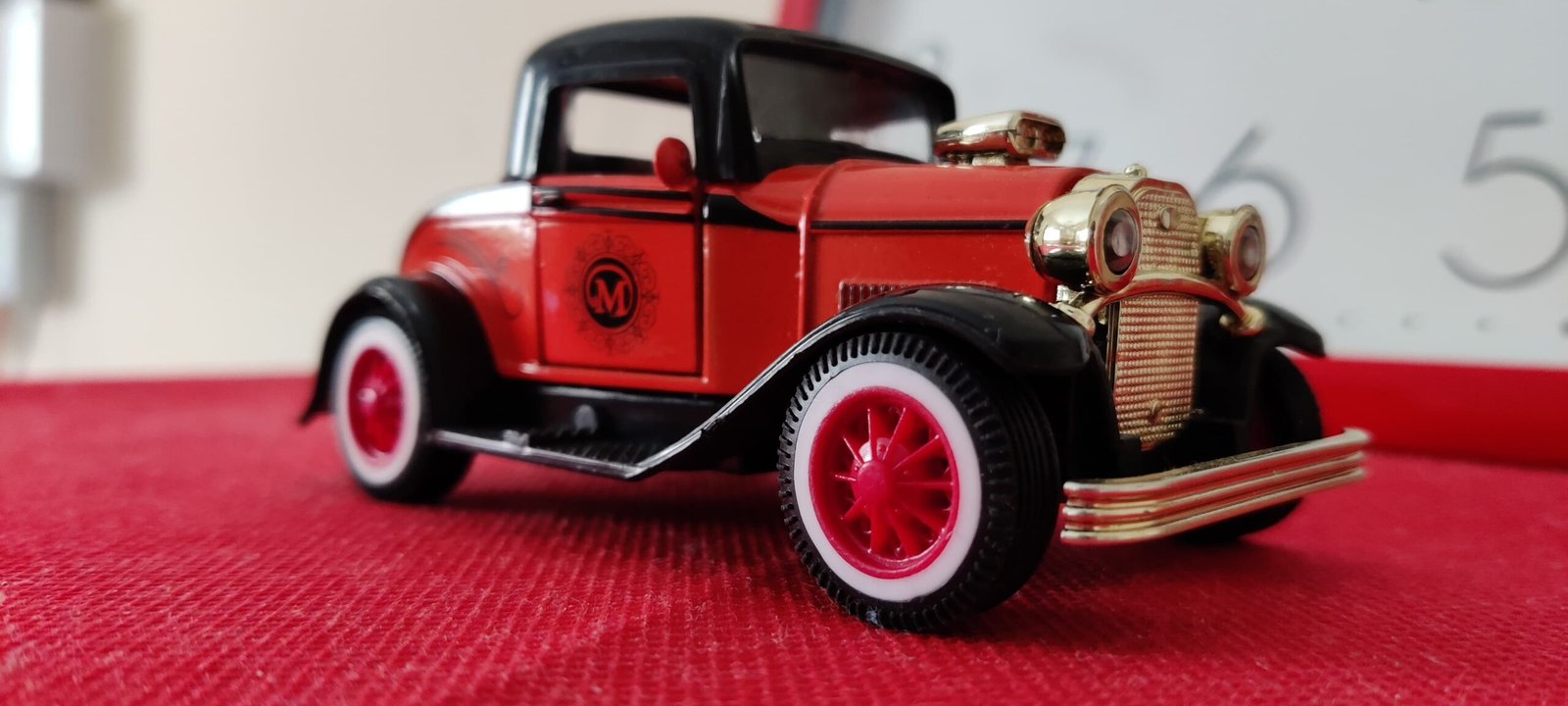Opening the Toy Box Is a Risky Surprise
Your heart races as you crack open a faded toy chest, the smell of plastic and old cardboard instantly bringing childhood memories to life. But under today’s rules, that wave of nostalgia comes with a warning label. Many of the toys that once filled living rooms with laughter would now raise red flags in safety labs. It’s a shocking reality—what we once cherished might not even make it to store shelves in 2025. Imagine your favorite childhood friend, that chunky action figure or rainbow-bright doll, suddenly being declared unfit for kids. The thought is almost heartbreaking. Yet, the difference between the rules then and now is nothing short of dramatic.
Safety Rules Were Looser Back in the Day
Toy makers in the 1980s played by a different set of rules. Regulations existed, but they weren’t nearly as strict as today. The Consumer Product Safety Commission had started its work in the ‘70s, but enforcement was patchy. Many companies focused on making toys fun, not necessarily safe. Compare that to today, where every product faces a battery of tests before reaching shelves. Choking hazards, toxic chemicals, and sharp bits are all scrutinized. The gap between the two eras is wide enough to drive a remote control truck through.
Small Parts Would Flunk Modern Testing

Think about the tiny accessories that came with action figures, dollhouses, or building sets. In the 1980s, small was cool—until something ended up in a child’s mouth. Modern tests now require that any part smaller than a ping-pong ball is a no-go for kids under three. According to the CPSC, choking remains one of the leading toy-related dangers, with thousands of ER visits each year. If you lined up those classic micro-cars, LEGO bricks, or doll shoes, most would never pass inspection today. What was once a pocket-sized adventure could become an accident waiting to happen.
The Hidden Dangers of Old Paint and Plastic

There’s an unsettling truth about the cheerful colors coating many vintage toys: they might contain toxic chemicals. Lead-based paint, banned in new toys, was still slipping through in the early ‘80s. Tests on older Fisher-Price figures and other classic brands have revealed levels of lead that would send today’s regulators into a panic. Plastics, too, weren’t always free from phthalates or other harmful additives. If these toys were placed under today’s chemical tests, many would be pulled from shelves instantly. That bright yellow Tonka truck could be hiding a dangerous secret under its glossy finish.
Sharp Edges and Pinch Points Lurk Everywhere

Many beloved 1980s toys looked harmless but had surprisingly dangerous designs. Metal cars with sharp fenders, robots with poking antennae, and even simple wind-up toys often featured edges that could cut or pinch. Today’s standards require toys to be smooth, with no sharp points or edges. Modern inspectors use special tests to check for hidden hazards. When you hold up a 1980s toy beside a current model, the difference is obvious—one feels solid but risky, the other is rounded and safe. It’s a clear sign of how far safety design has come.
Old Electronics Would Fail Battery Safety Checks
Remember the joy of handheld games, beeping robots, and battery-powered cars? The 1980s saw a wave of electronic toys, but battery safety was not always top of mind. Leaky batteries, overheating, and even exploding components have all been linked to vintage toys. Today, every battery compartment must be childproofed, and strict electrical safety tests are mandatory. Many old electronic favorites simply wouldn’t survive this scrutiny. A Speak & Spell or Simon game might seem innocent, but under a modern microscope, it could pose hidden dangers.
Toys That Shot, Slingshot, or Launched

Few kids could resist the thrill of a toy that shot discs, darts, or plastic missiles across the room. Yet, these toys are now among the most likely to fail modern safety tests. Many 1980s projectile toys had enough force to leave a mark—or worse, cause eye injuries. Today’s rules limit how far and how hard a toy can shoot. There are even tests for “projectile impact energy.” If you found your old Nerf knockoff or a plastic slingshot in the attic, odds are it would be banned from toy aisles today.
Super-Collectibles Come With Super Risks
Collectors often treasure 1980s toys for their unique features—metal parts, glass accessories, or intricate mechanisms. But these same features can make them dangerous by modern standards. For example, some rare dolls had painted eyelashes or jewelry made from materials no longer allowed in children’s products. Even popular action figures sometimes contained magnets or wires that could break free. While these details add to a toy’s collectible value, they’re exactly what would get them flagged during today’s safety checks.
Restoring Old Toys Uncovers Tough Choices

Restoration is a labor of love for many vintage toy fans. Scrubbing, repainting, replacing parts—each step brings a toy back to life. But restoration can also reveal just how far safety standards have come. If you replace an old part, modern materials might not match. If you keep everything original, you risk exposure to outdated and dangerous substances. Many collectors now choose to keep their treasures on display, far from curious little hands. It’s a compromise between protecting memories and protecting people.
Love for the Past Faces Today’s Reality
The emotional tug of 1980s toys is powerful. They’re more than objects—they’re time machines, reminders of simpler days. But the truth is, many would never pass today’s tough safety tests. What was once considered safe and fun may now be seen as risky or even hazardous. The journey from toy box to test lab can be eye-opening, revealing just how much childhood—and the rules that protect it—have changed.

